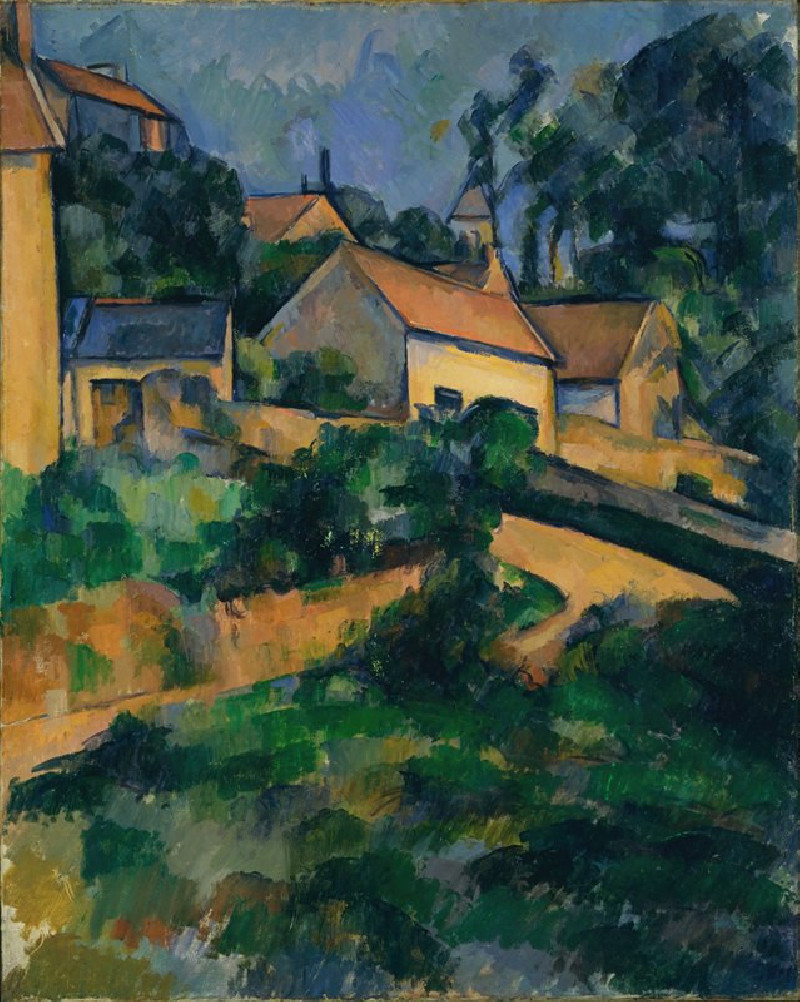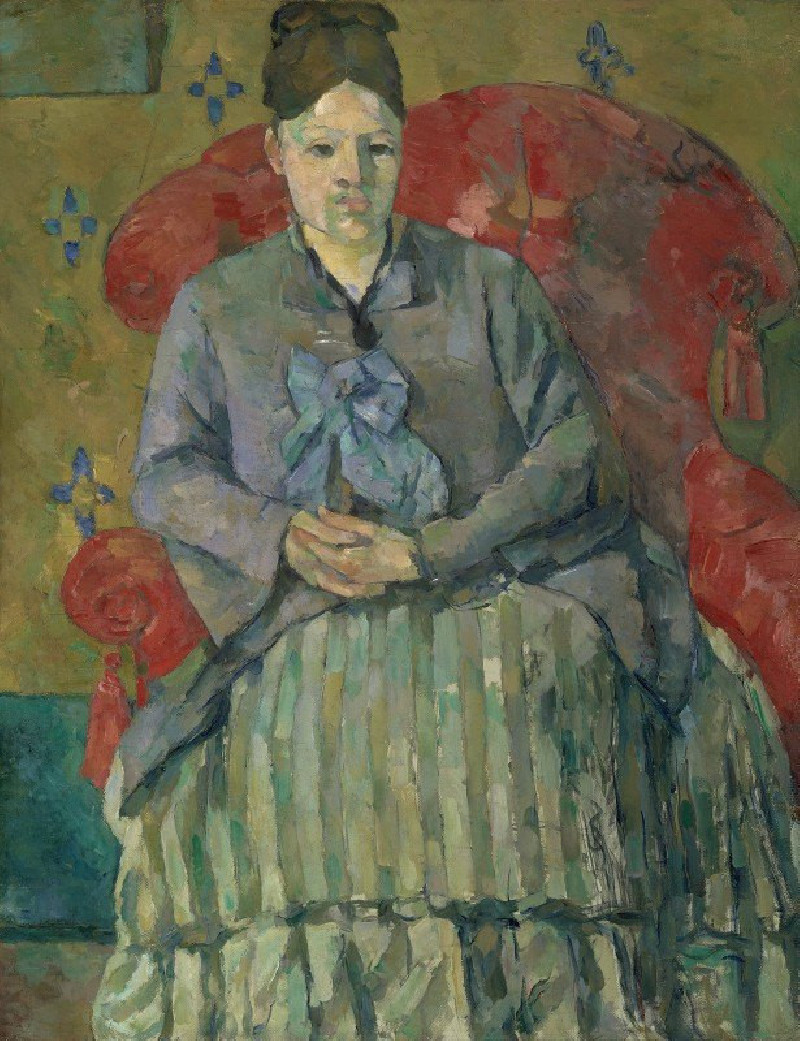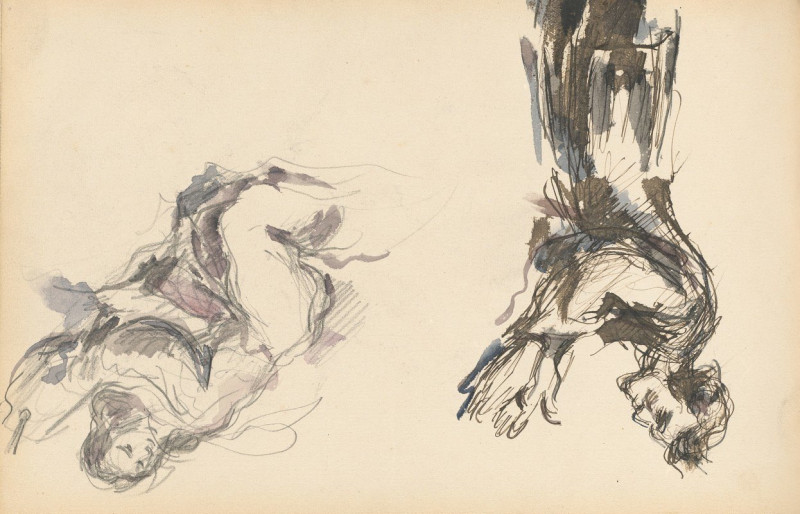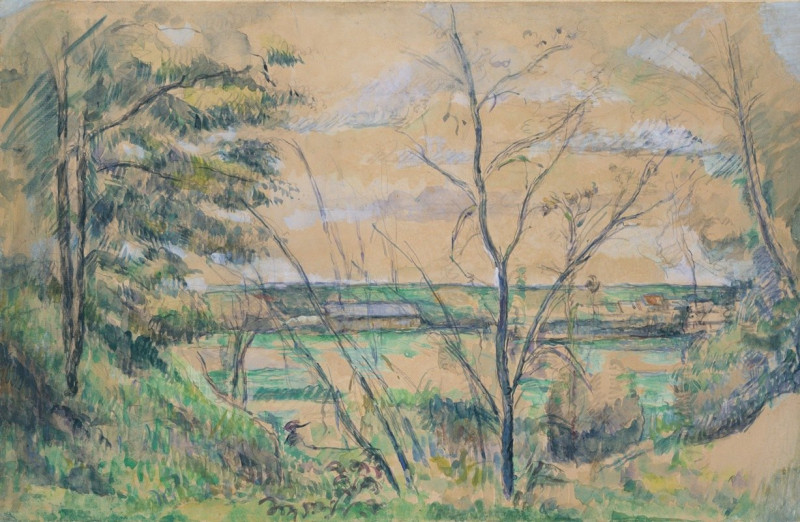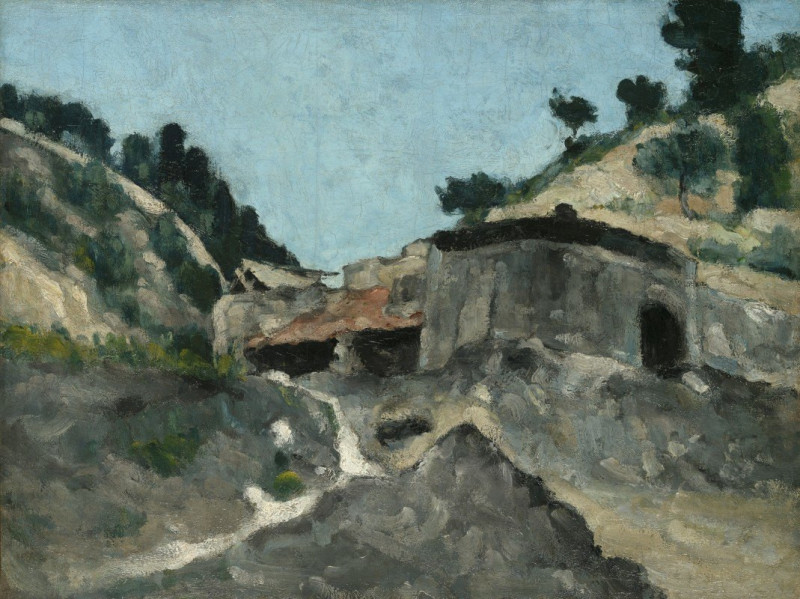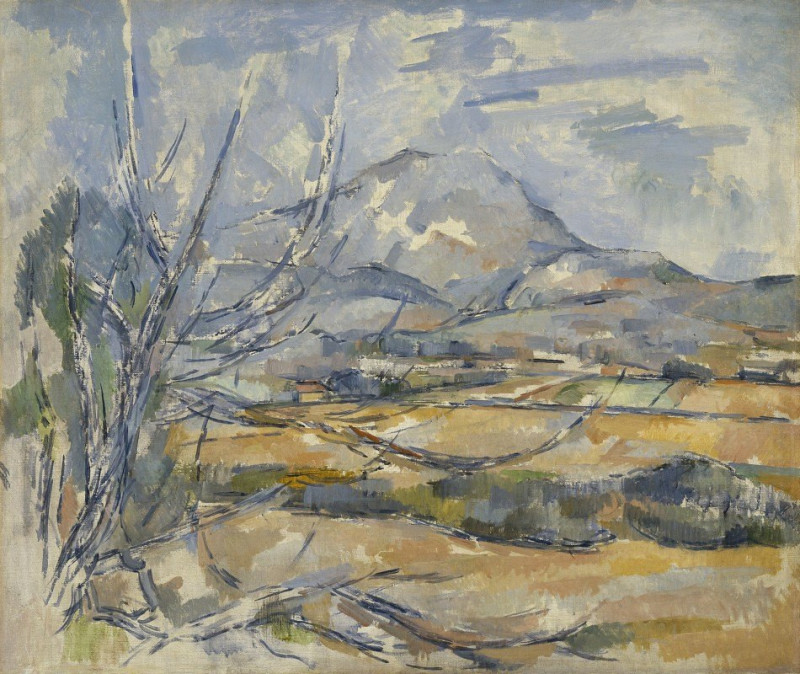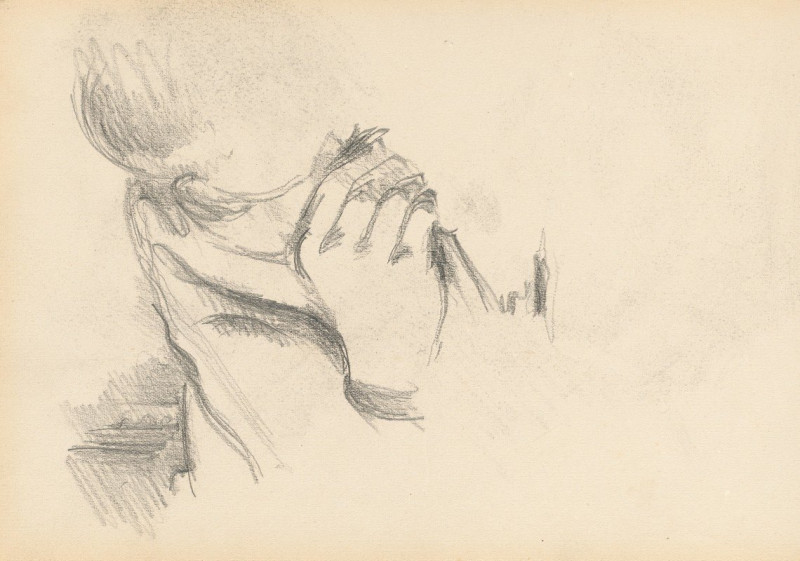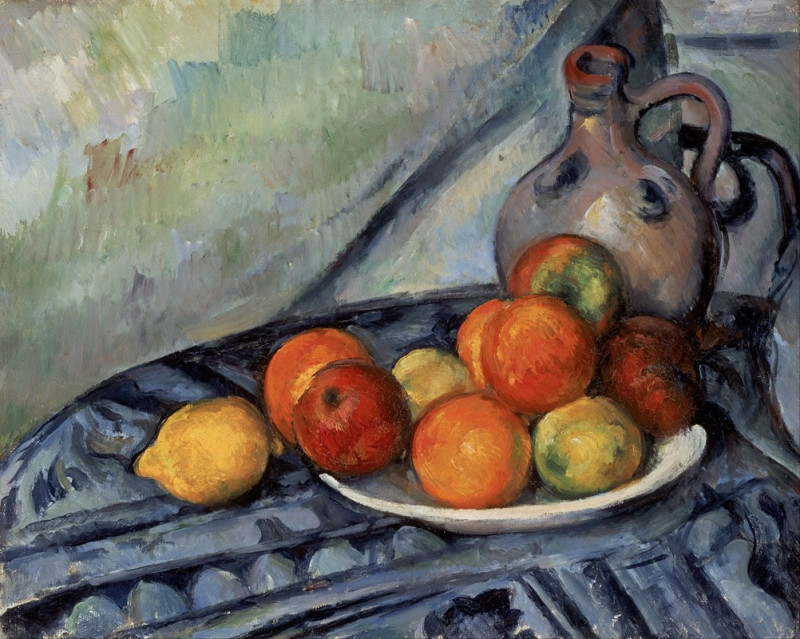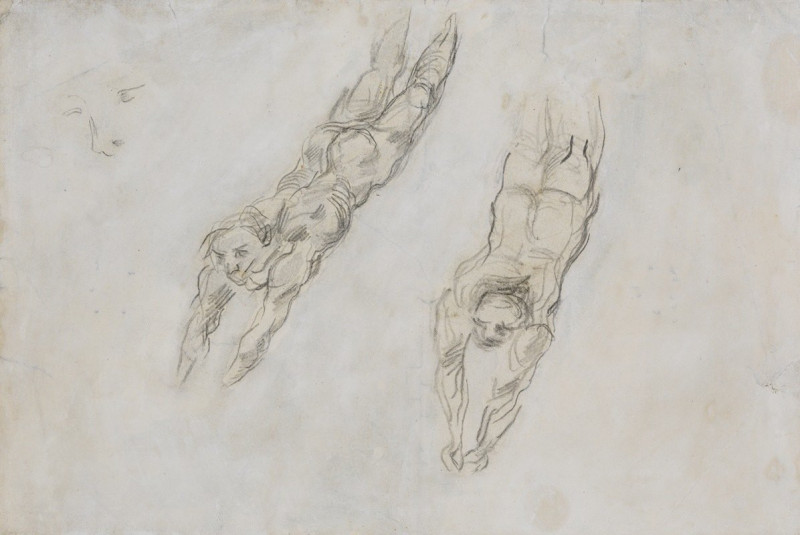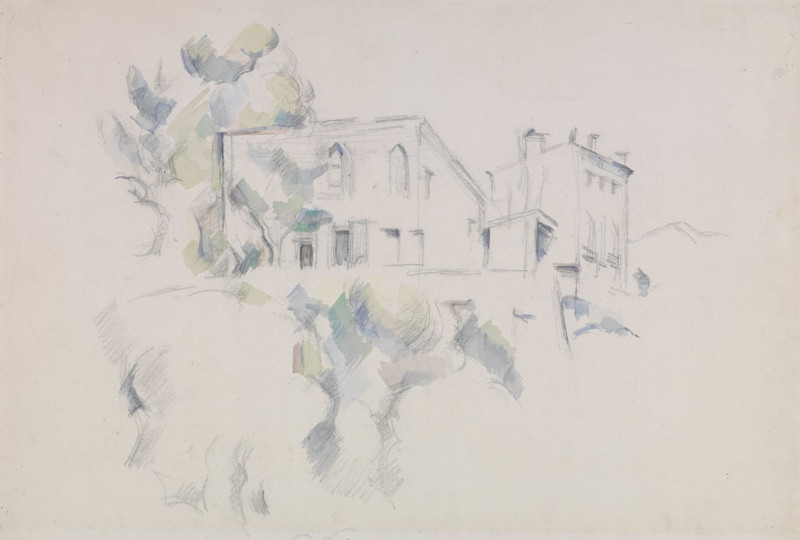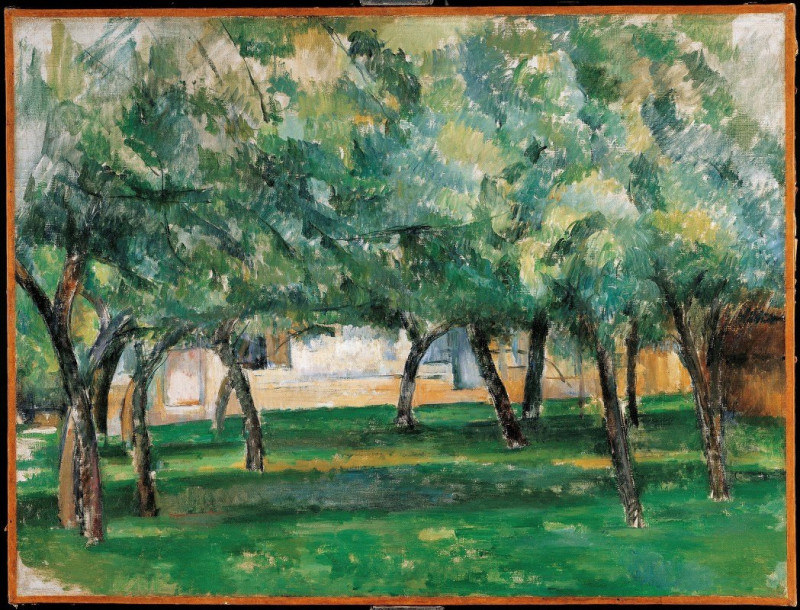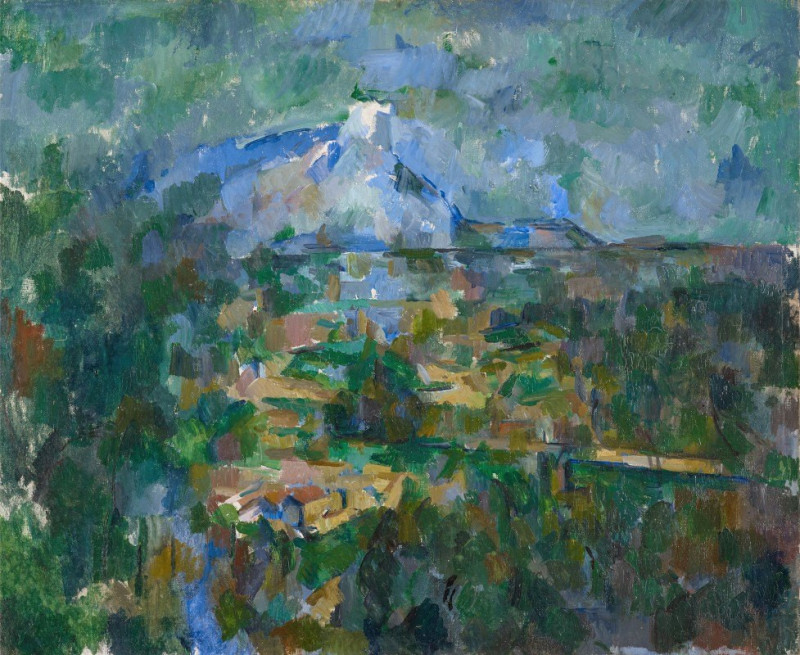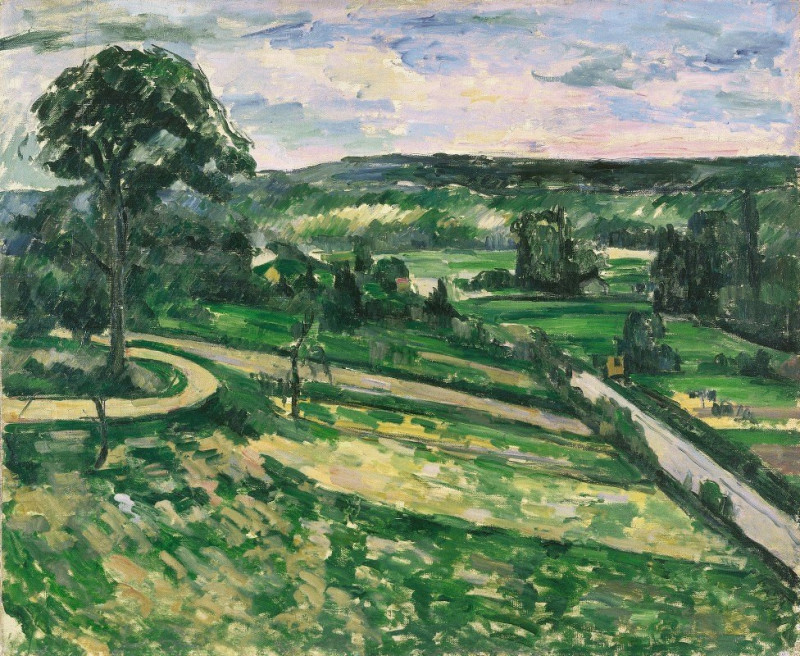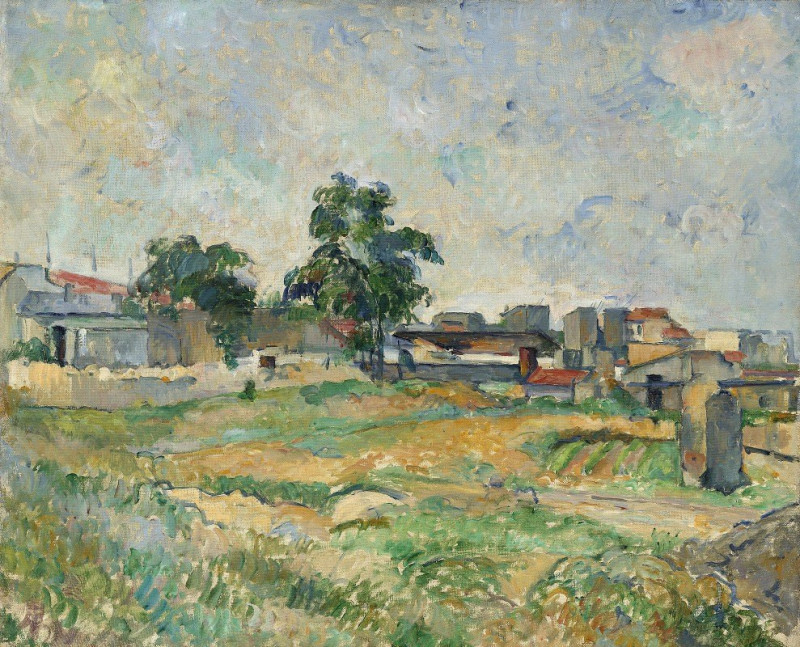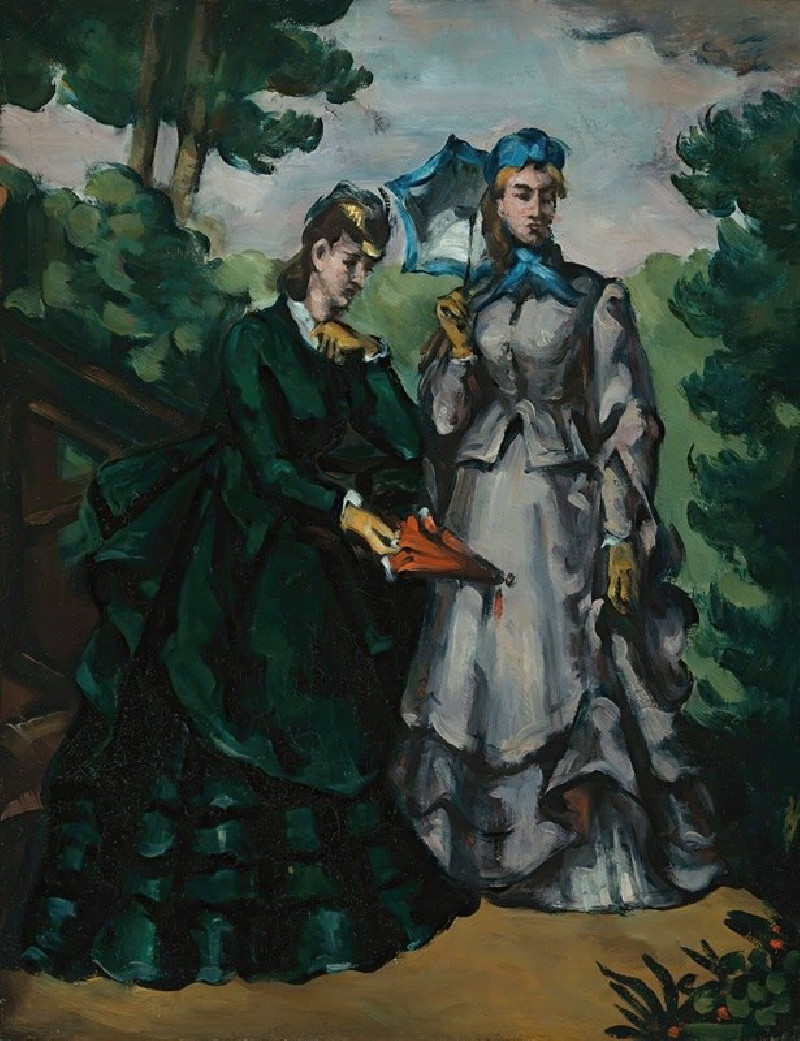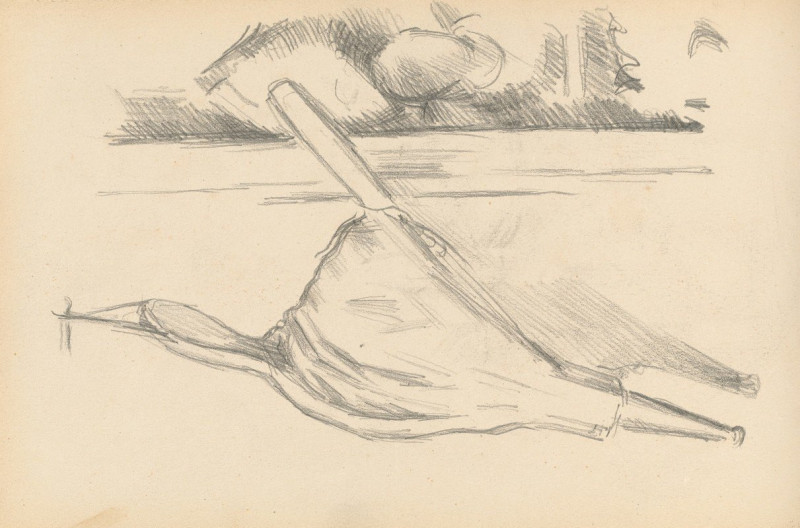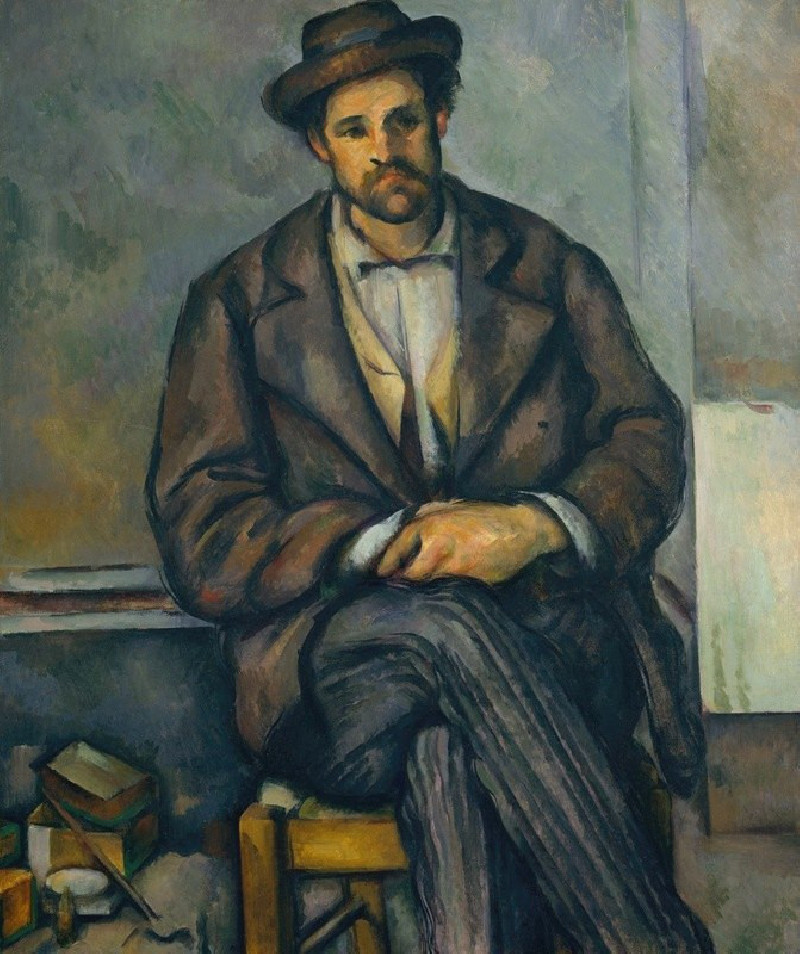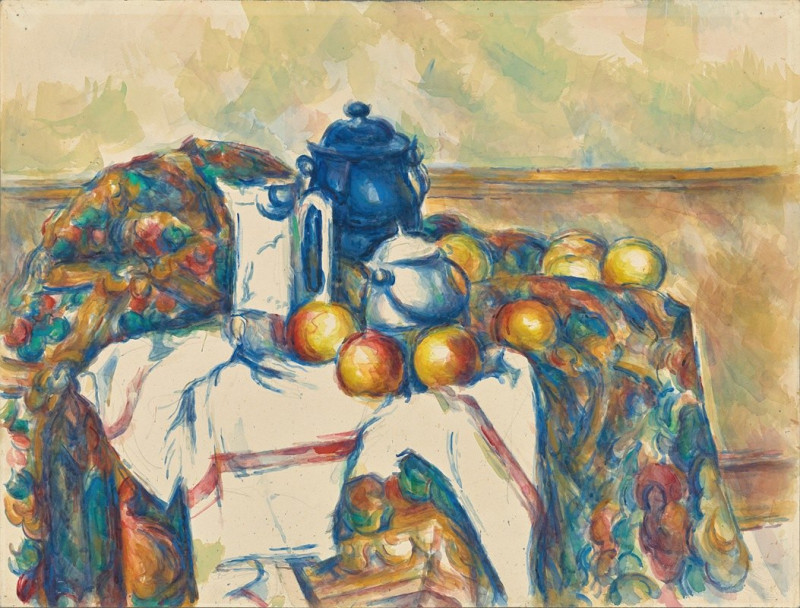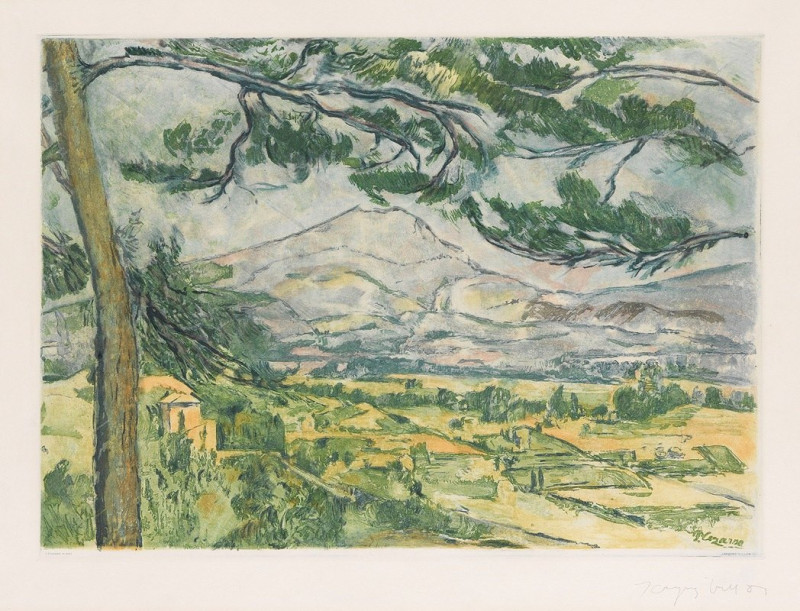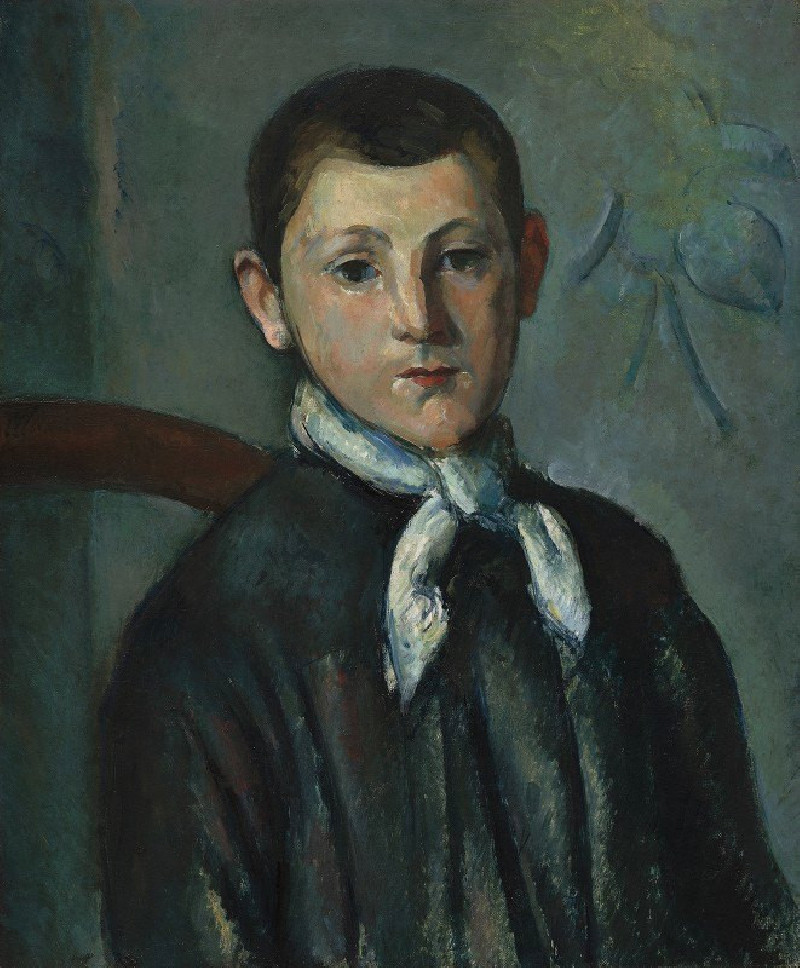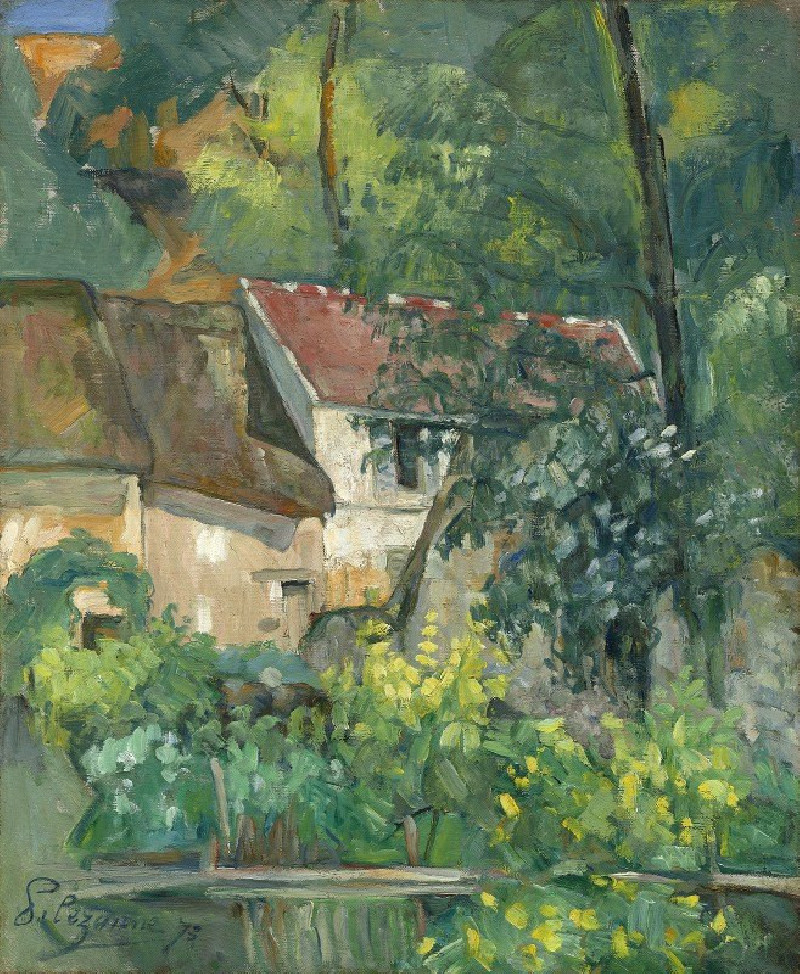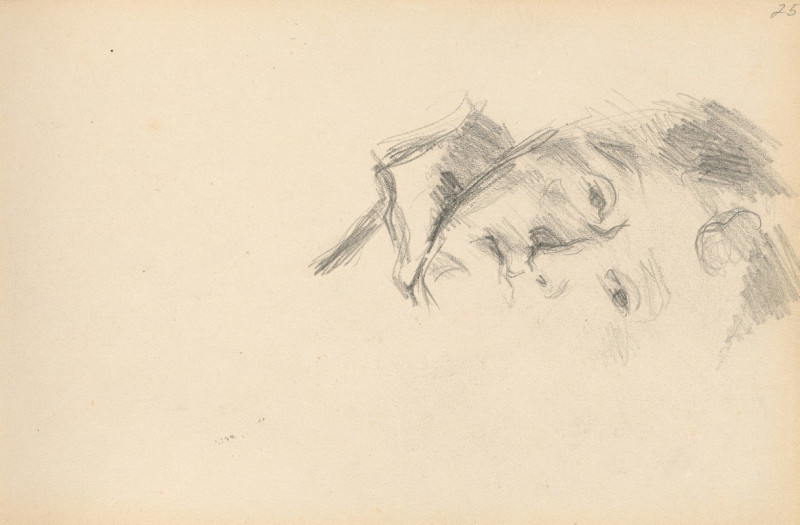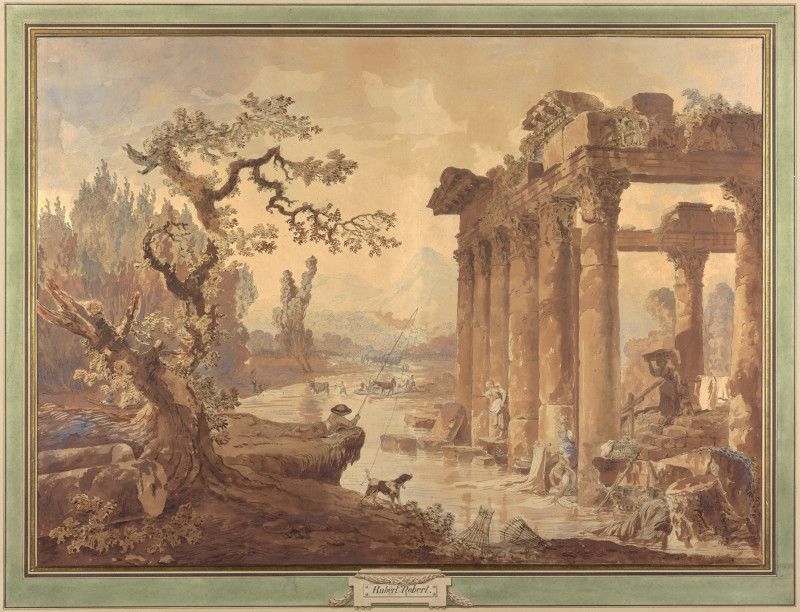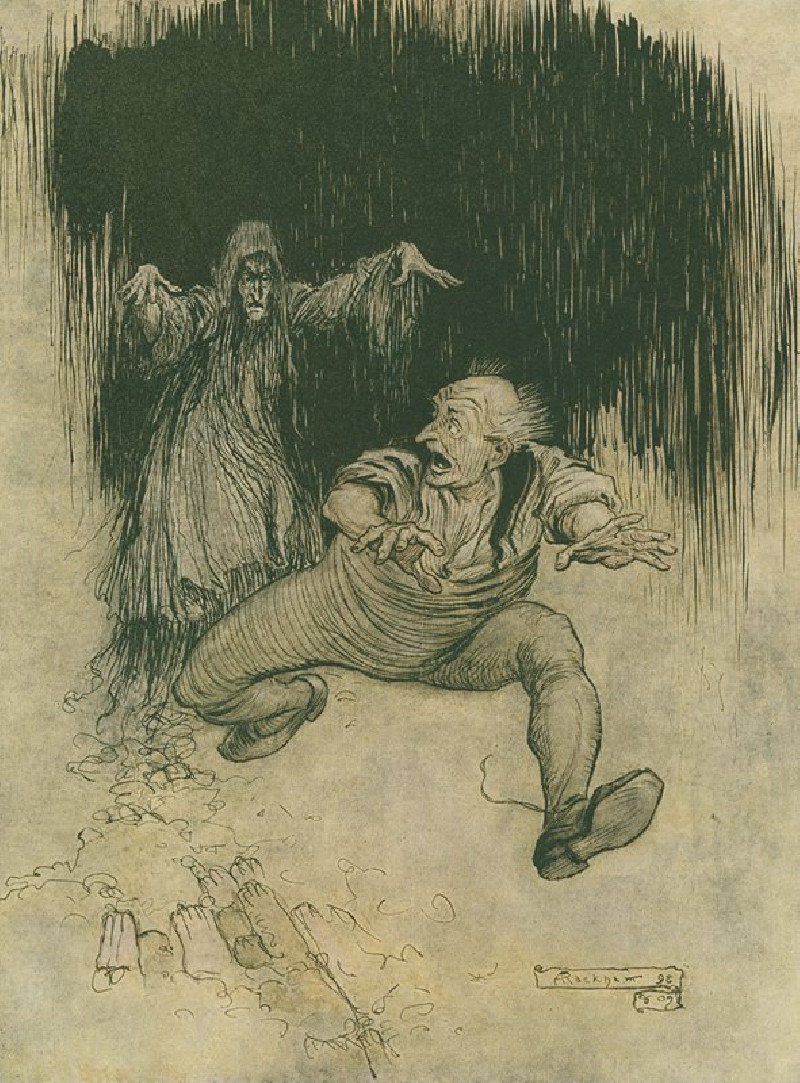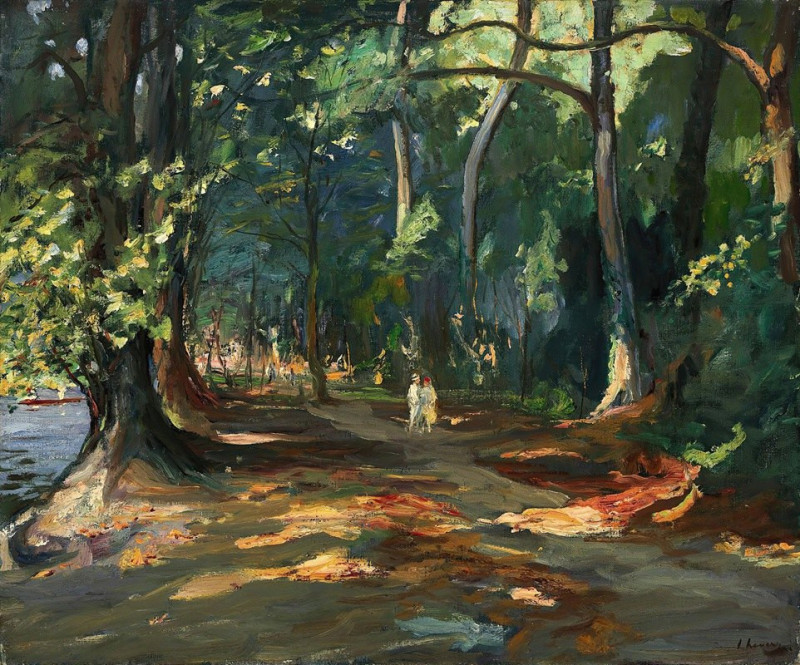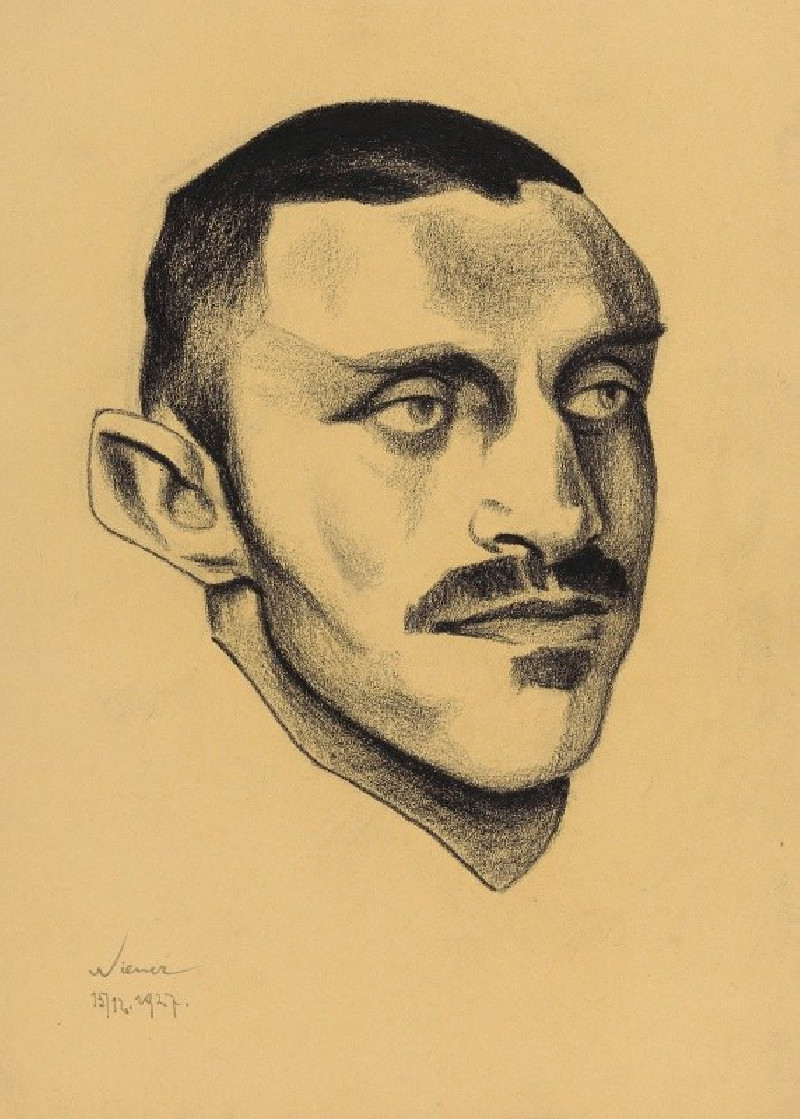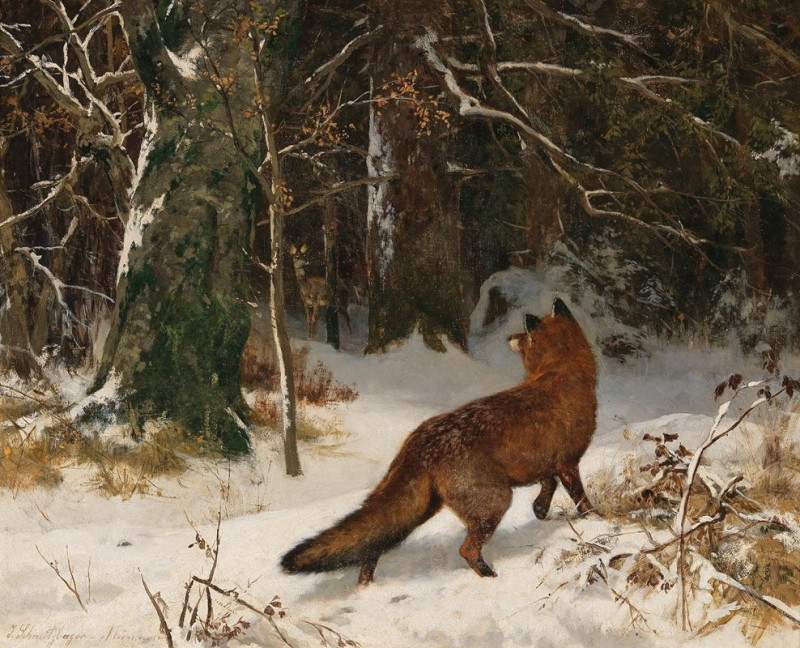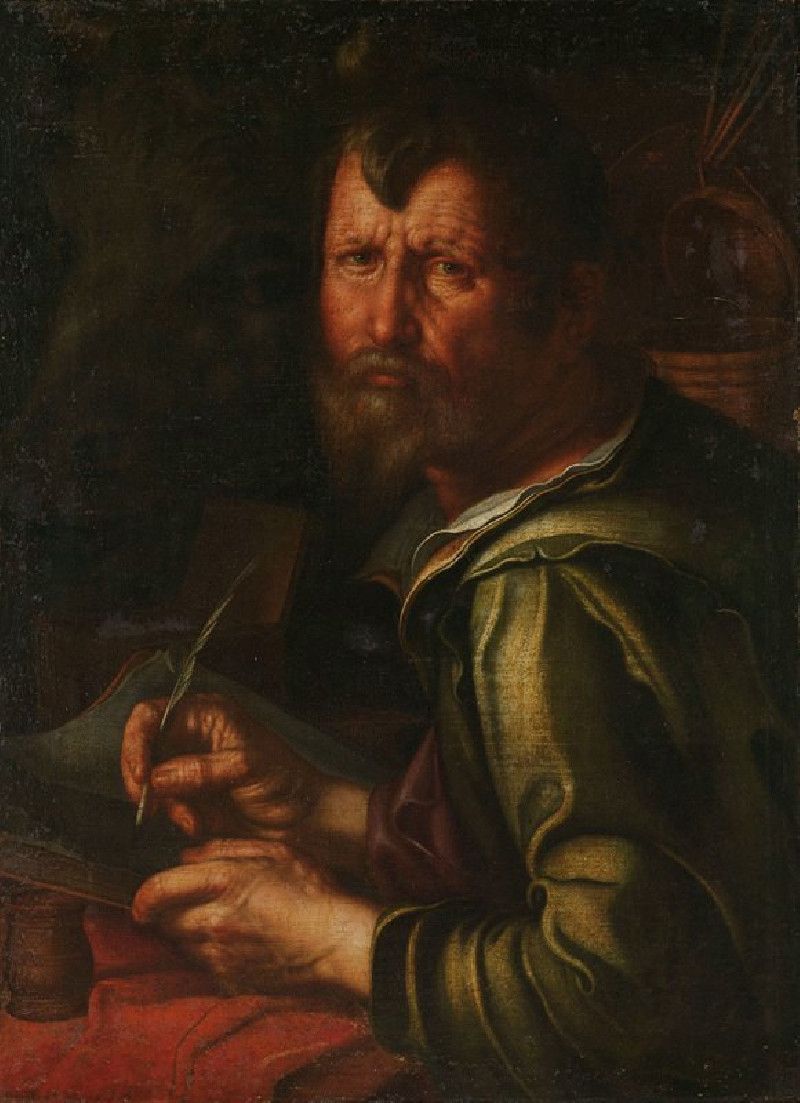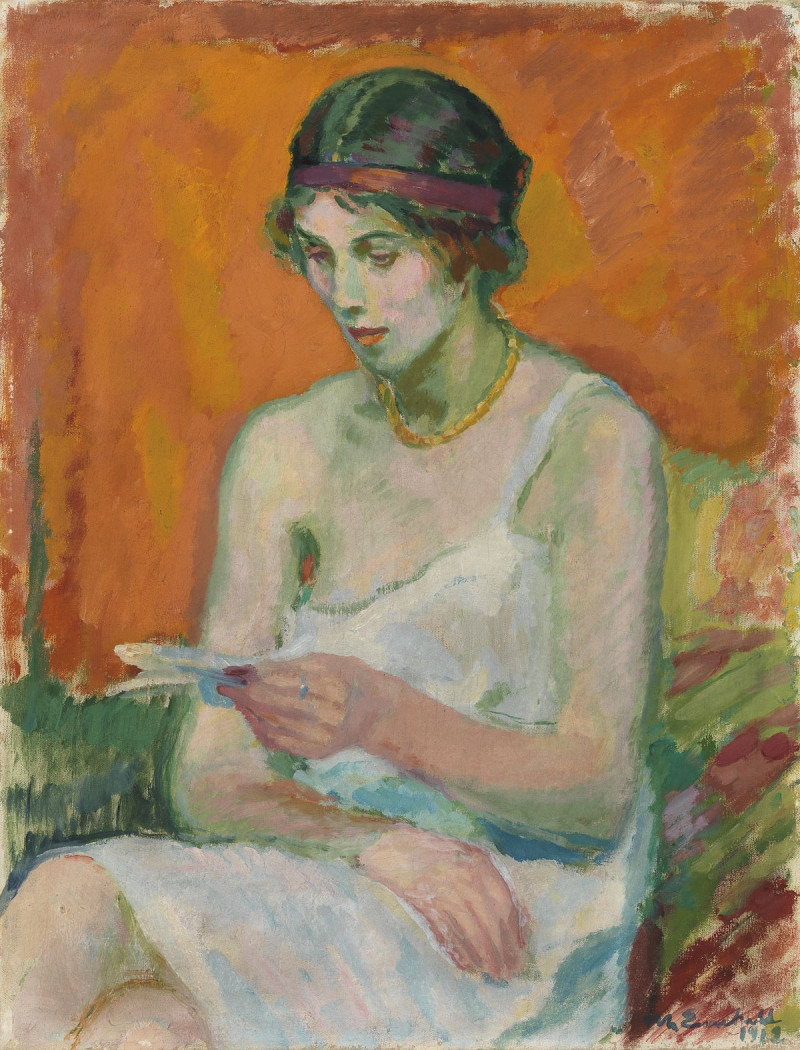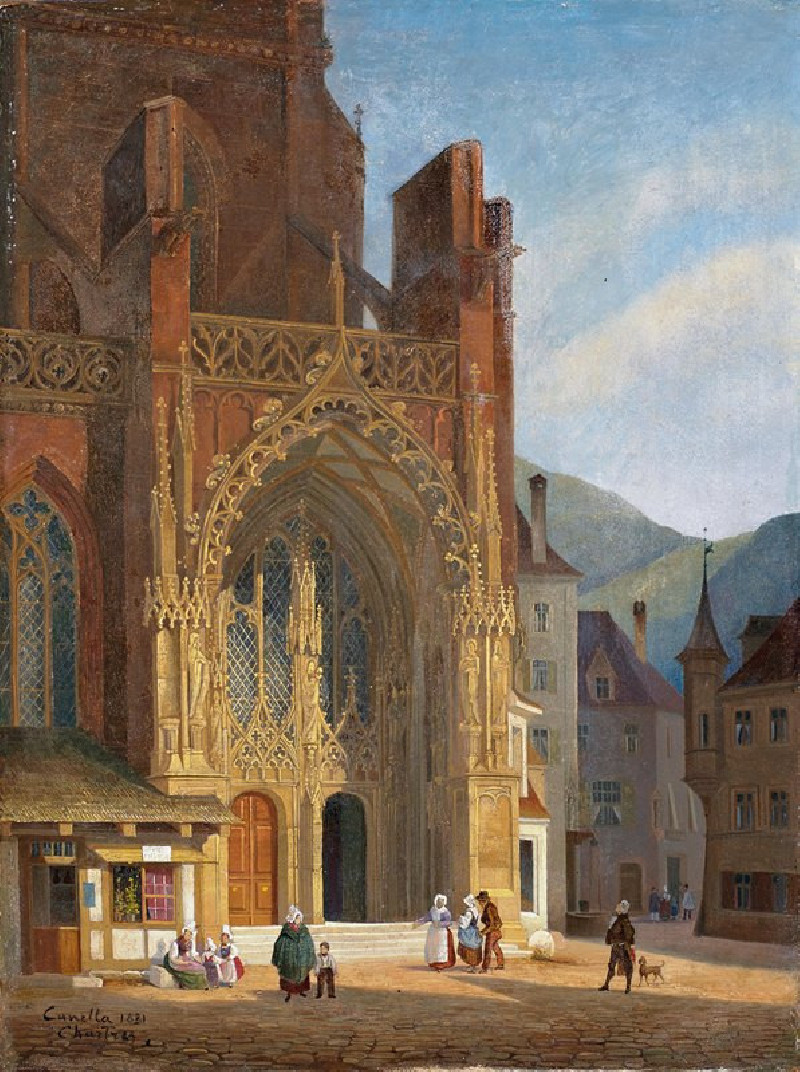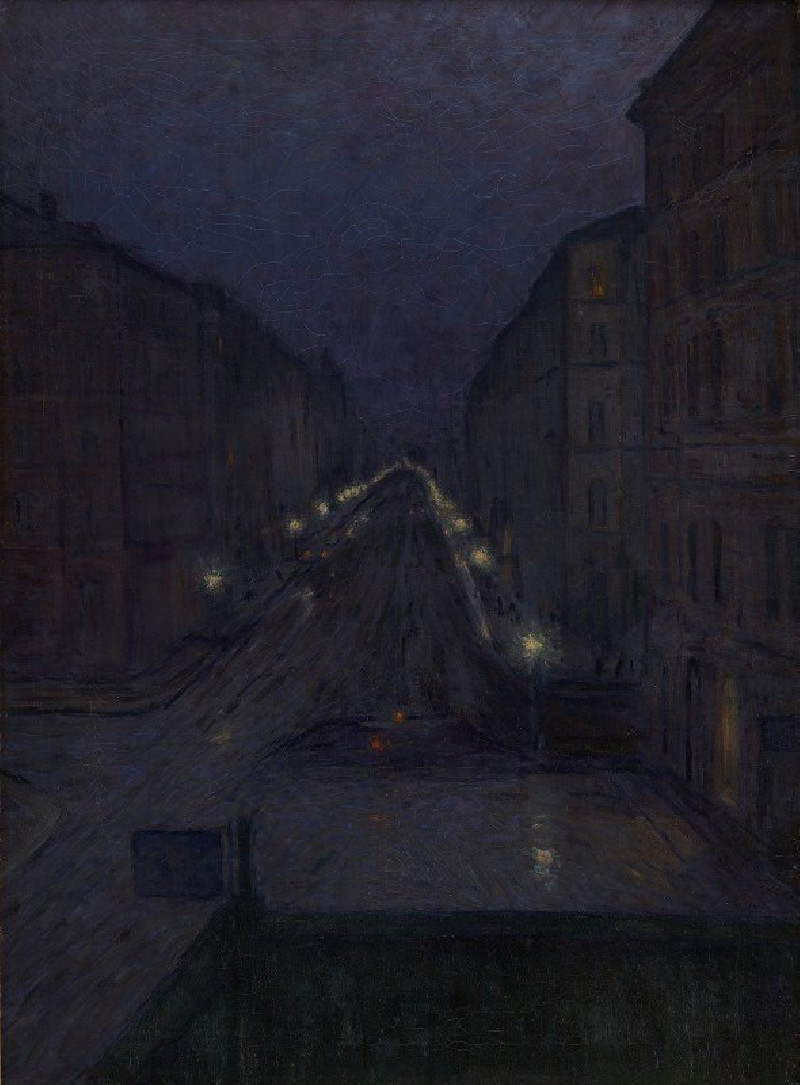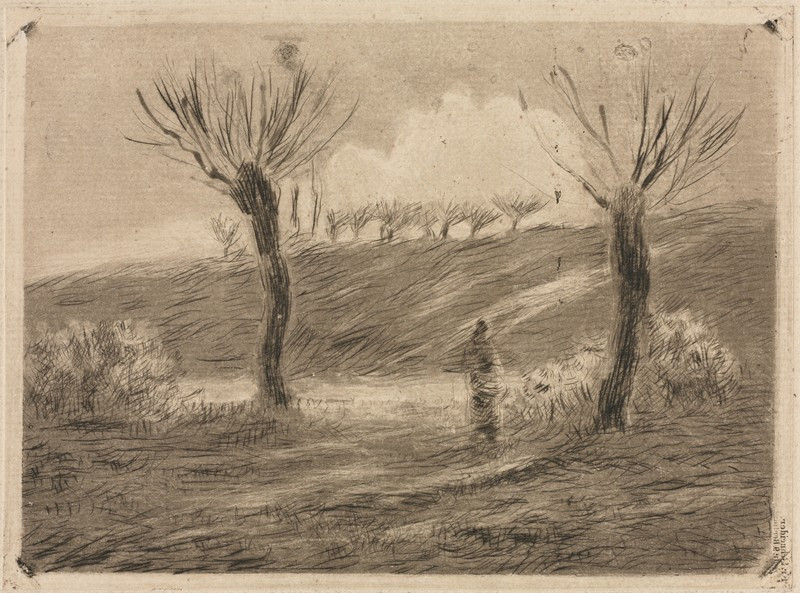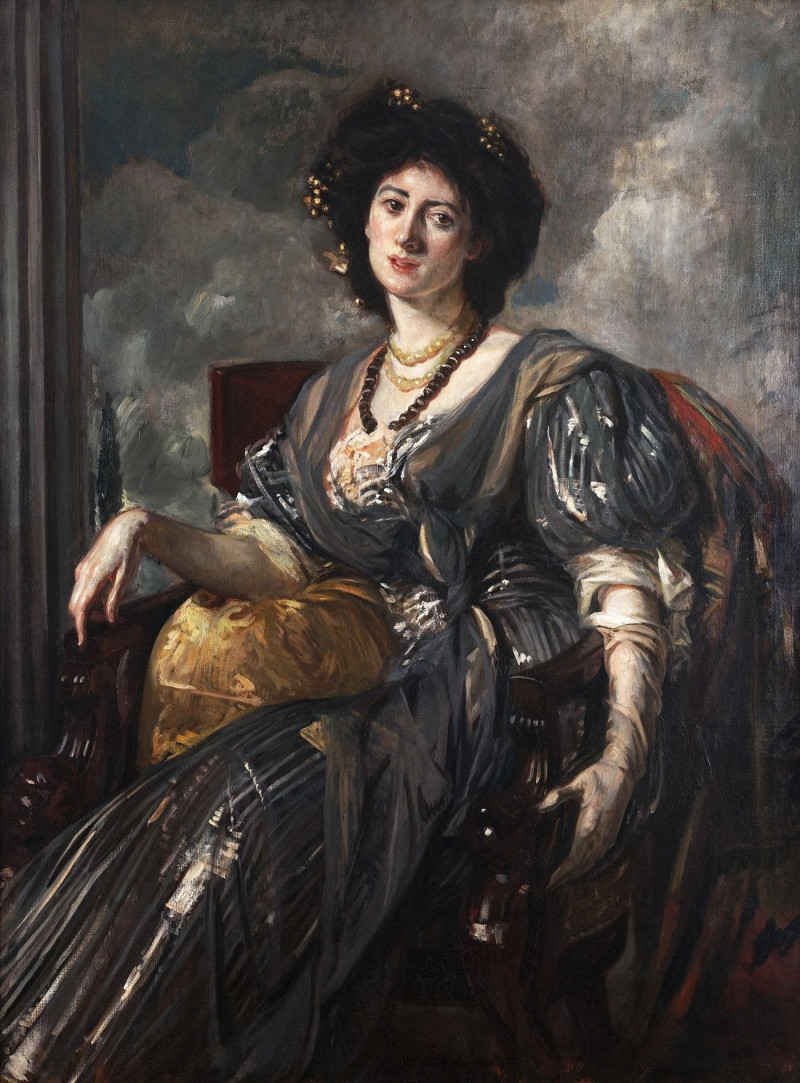Turning Road at Montgeroult (1898)
Technique: Giclée quality print
Recommended by our customers
More about this artwork
Paul Cézanne's painting "Turning Road at Montgeroult" captivates the viewer with its lush palette and dynamic composition. Created in 1898, this masterpiece illustrates Cézanne’s unique approach to capturing the essence of the French landscape.The painting presents a winding road in the village of Montgeroult, notable for its sharp turn that invites viewers into the heart of the village. The artist skillfully uses vibrant shades of green, yellow, and blue to depict the natural and built environment, conveying both the richness of the French countryside and the rustic charm of its architecture.The structure of the composition is bold and innovative. Cézanne employs geometrical shapes to form the houses and the foliage, which creates a sense of depth and volume. This technique is a hallmark of his work that links him with the advent of Cubism. Despite the apparent tranquility of the village, the painting is full of motion—suggested by the slanting lines of the rooftops and the dynamic, almost swirling shapes of the trees stirred by the wind."Turning Road at Montgeroult" is not just a visual representation; it's an emotional rendition that alludes to the impermanence and fleeting moments of everyday life. It invites the viewer to ponder the layers of history and nature that are intertwined in this quaint village scene.

